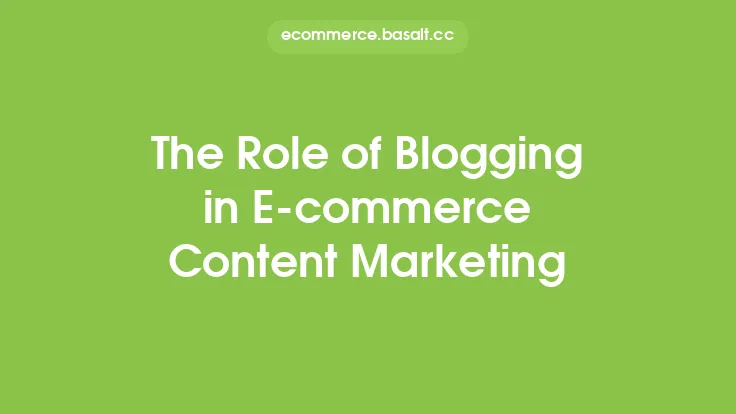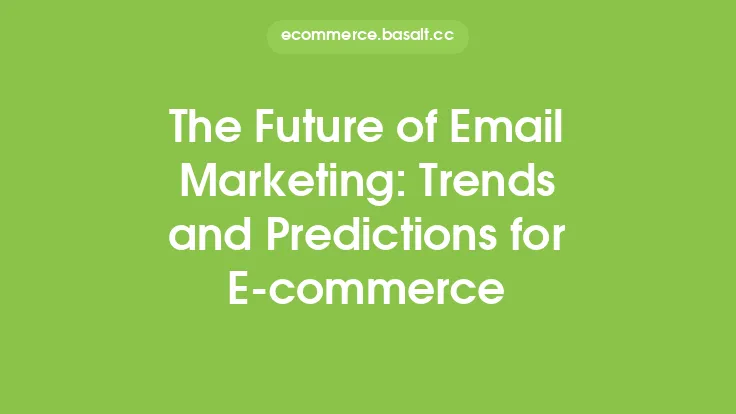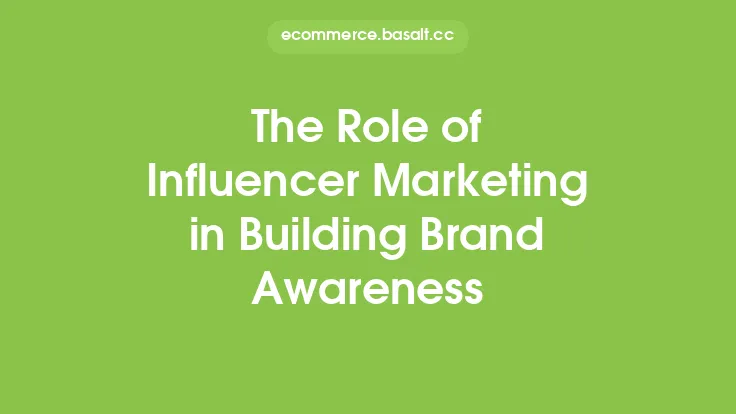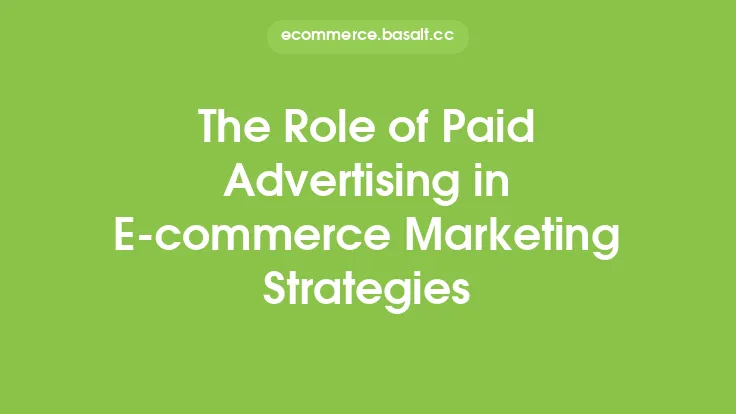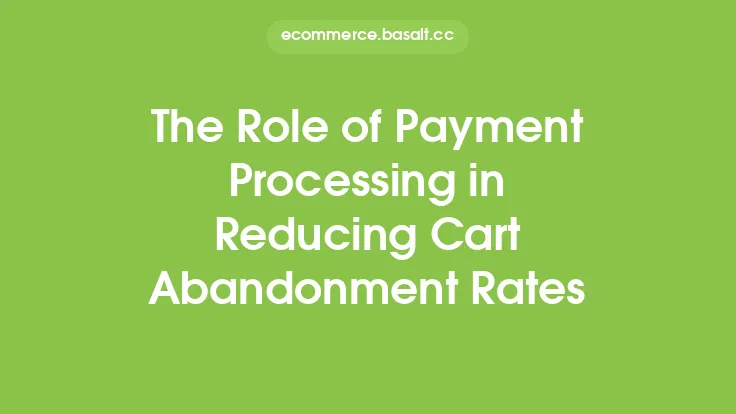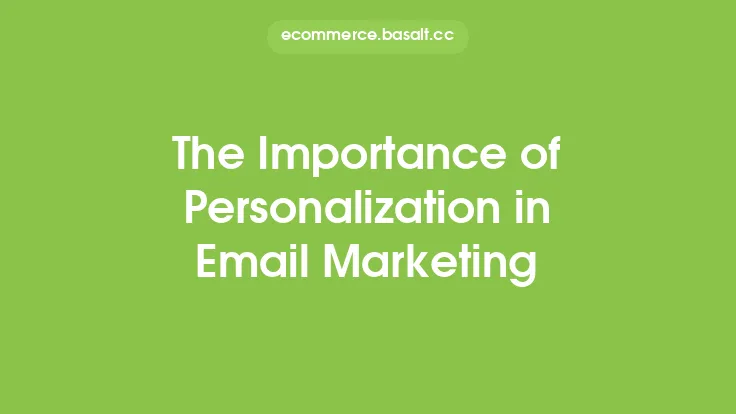In the world of e-commerce, cart abandonment is a pervasive issue that affects businesses of all sizes. According to recent statistics, the average cart abandonment rate stands at around 69.57%, with some industries experiencing rates as high as 80%. This phenomenon not only results in lost sales but also has a significant impact on revenue and customer satisfaction. One effective strategy to mitigate cart abandonment is through email marketing, specifically abandoned cart recovery emails. In this article, we will delve into the role of email marketing in recovering lost sales and explore the best practices for implementing a successful abandoned cart recovery campaign.
Understanding Cart Abandonment
Cart abandonment occurs when a customer adds items to their online shopping cart but fails to complete the purchase. There are various reasons why customers abandon their carts, including high shipping costs, complicated checkout processes, lack of trust in the website, and unexpected costs. Understanding the reasons behind cart abandonment is crucial in developing effective strategies to recover lost sales. By identifying the root causes of cart abandonment, businesses can optimize their websites, improve the user experience, and implement targeted email marketing campaigns to win back customers.
The Role of Email Marketing in Abandoned Cart Recovery
Email marketing plays a vital role in abandoned cart recovery by allowing businesses to re-engage with customers who have abandoned their carts. Abandoned cart recovery emails are triggered emails that are sent to customers who have left items in their cart without completing the purchase. These emails aim to remind customers about the items they left behind, offer incentives to complete the purchase, and provide a seamless shopping experience. By sending targeted and personalized emails, businesses can recover a significant portion of lost sales, improve customer satisfaction, and increase revenue.
Best Practices for Abandoned Cart Recovery Emails
To create effective abandoned cart recovery emails, businesses should follow best practices that include personalization, timely sending, and clear calls-to-action. Personalization involves addressing the customer by name, referencing the specific items they left in their cart, and offering tailored recommendations. Timely sending is critical, as sending emails too soon or too late can be ineffective. Ideally, abandoned cart recovery emails should be sent within 24 hours of cart abandonment. Clear calls-to-action, such as "Complete Your Purchase" or "Return to Your Cart," should be prominent and visible, making it easy for customers to return to their cart and complete the purchase.
Crafting Compelling Abandoned Cart Recovery Emails
Crafting compelling abandoned cart recovery emails requires a deep understanding of customer behavior, preferences, and pain points. Businesses should use attention-grabbing subject lines, compelling email copy, and eye-catching visuals to grab the customer's attention. The email copy should be concise, clear, and free of jargon, with a focus on the benefits of completing the purchase. Additionally, businesses can use social proof, such as customer reviews and ratings, to build trust and credibility. By using a combination of these elements, businesses can create abandoned cart recovery emails that resonate with customers and drive conversions.
Measuring the Effectiveness of Abandoned Cart Recovery Emails
Measuring the effectiveness of abandoned cart recovery emails is crucial in understanding their impact on revenue and customer satisfaction. Key metrics to track include open rates, click-through rates, conversion rates, and revenue generated. By analyzing these metrics, businesses can refine their abandoned cart recovery email campaigns, identify areas for improvement, and optimize their email marketing strategies. Additionally, businesses can use A/B testing to compare the performance of different email variants, subject lines, and calls-to-action, allowing them to make data-driven decisions and improve the overall effectiveness of their campaigns.
Common Mistakes to Avoid in Abandoned Cart Recovery Emails
When implementing abandoned cart recovery email campaigns, businesses should avoid common mistakes that can hinder their effectiveness. These mistakes include sending emails too frequently, using generic subject lines and email copy, and failing to personalize the email content. Additionally, businesses should avoid using spammy language, overly promotional tone, and unclear calls-to-action. By avoiding these mistakes, businesses can create abandoned cart recovery emails that are well-received by customers, drive conversions, and improve customer satisfaction.
The Future of Abandoned Cart Recovery Emails
As e-commerce continues to evolve, abandoned cart recovery emails will play an increasingly important role in recovering lost sales and improving customer satisfaction. With the rise of artificial intelligence, machine learning, and personalization, businesses will be able to create more targeted and effective abandoned cart recovery email campaigns. Additionally, the use of mobile devices, social media, and messaging apps will become more prevalent, allowing businesses to reach customers through multiple channels and touchpoints. By staying ahead of the curve and adapting to changing customer behaviors and preferences, businesses can maximize the effectiveness of their abandoned cart recovery email campaigns and drive long-term growth and revenue.
